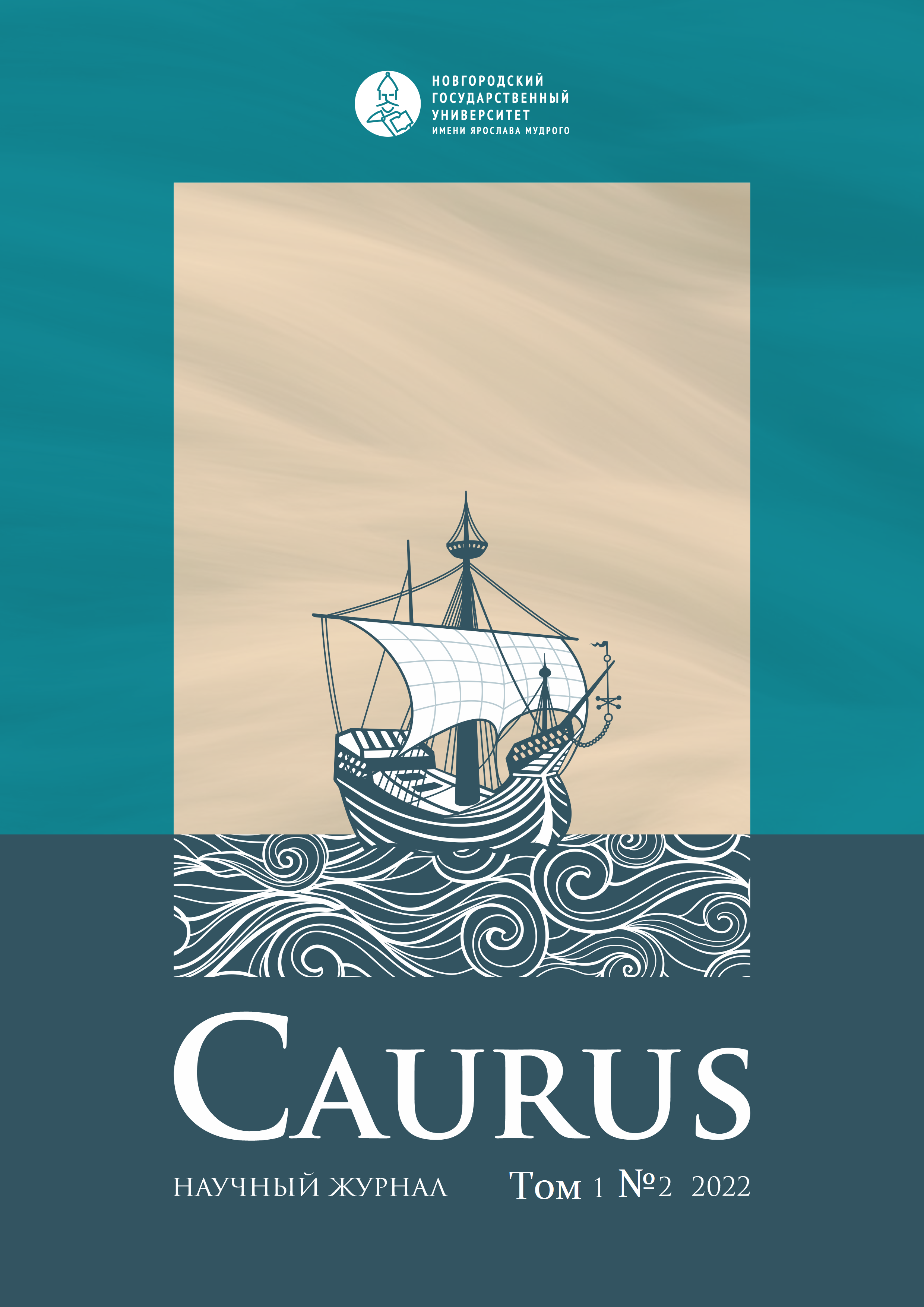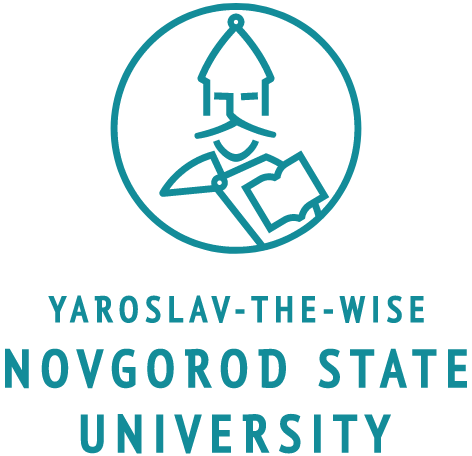Integration of the third star. Francis Kemps and the fate of Latgale in 1917–1920
DOI:
https://doi.org/10.34680/Caurus-2022-1(2)-81-91Keywords:
the Latvian state, Russian Revolution, national movements, Latgale, the end of World War I, Russian Civil WarAbstract
The article considers how the Latgale region became a part of the Latvian state. The focus is on the crucial phase, which took place from April to December of 1917 between the first and second Latgale Congresses. First, it is argued that the administrative incorporation of Latgale into Latvia's territories is largely due to foreign policy consequences in the context of Russian Revolution of 1917, and to the domestically divided Latgalian political leadership as well. Second, the ambivalent role of the Latgalian politician Francis Kemps is highlighted, who on the one hand played a key role in the development of Latgalian political culture and was close to the zeitgeist with his socialist views, but on the other hand experienced a political defeat in the decisive political phase of 1917 and only now regains fame as an outstanding political.







